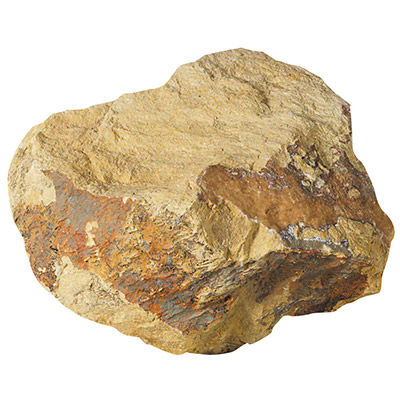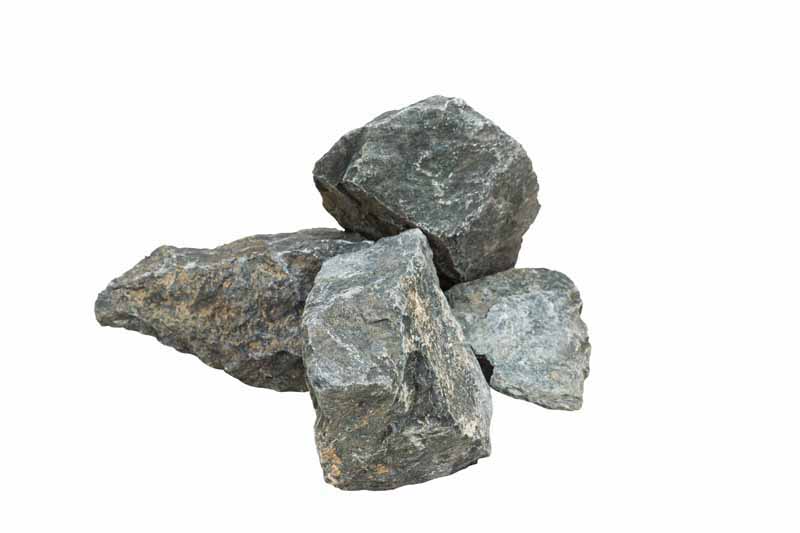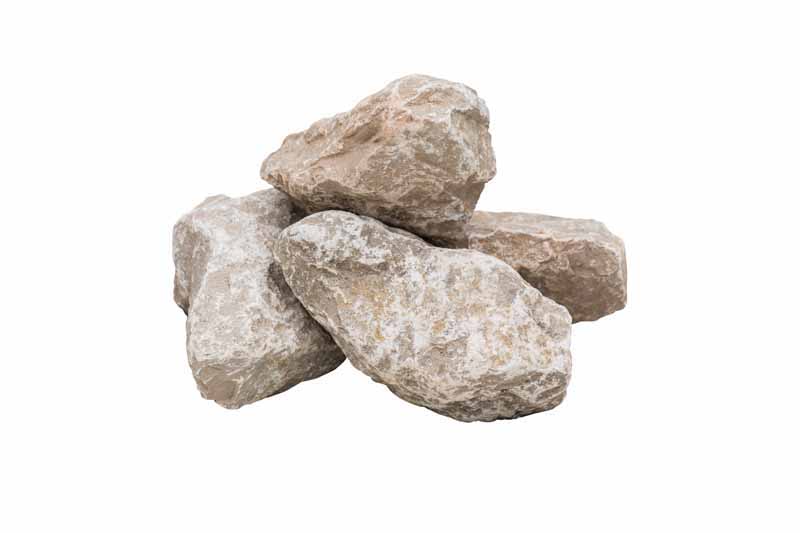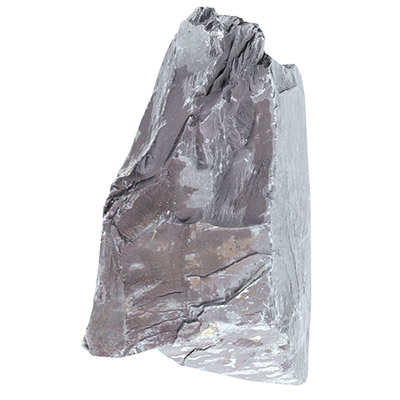Once you’ve decided you’d like to create a rock garden, you need to choose your rocks and think about which plants you’d like to include.
Not every plant will be ideal for planting in a rock garden. You’ll need plants that respond well to surrounding rocks and that are easy to maintain. You’ll also want to choose plants and flowers that fit in with the style you’re looking to create, such as traditional or contemporary. You should also consider colour schemes, picking plants and flowers that will blend or contrast with your garden depending on the effect you want to achieve.
Here are some of the best plants to consider:
Dianthus
Dianthus are delicate, small flowers with distinctive frayed edges. They grow in a range of bright colours, including pink, red and white. They are great in rock gardens that are positioned in direct sunlight, as this enables them to grow fully. Dianthus also produce a lovely clove-like smell.
Trailing bellflowers
Otherwise known as Campanula Poscharskyana, these alpine flowers remain low and will spread evenly around your rockery. These grow best in the warmest spots of the rock garden and produce a cluster of tiny purple, star-shaped flowers.
Candytuft
Candytuft is a low-growing plant that produces delicate white flowers in the spring. During the winter, it bears rich evergreen leaves. The Candytuft attracts insects such as hoverflies, which can add a hive of activity to your garden. Again, this is a plant that thrives in full sunlight.
Ajuga
When building a rockery, you'll want to have a mix of small, flowery plants, but will likely need a couple of "base" plants that can be used to fill larger areas. The evergreen Ajuga is perfect for this, as it forms a carpet-like layer that quickly fills empty spots and requires little maintenance.
Autumn catchfly
This is a semi-evergreen plant that will bring dashes of colour to your rockery. Featuring bright green leaves all year round, the Catchfly also bursts with beautiful pink or purple flowers in the spring.
Phlox stolonifera
Phlox stolonifera is a striking plant that forms a mat of perennial wildflower around your rock garden. This plant features evergreen, oval-shaped leaves, and its flowers bloom in bright colours, including pink, purple and white. This plant is ideal for shadier areas of your rockery and grows best in well-drained, moist soil. It's ideal for creating impact and filling large spaces.
Aster alpinus
This bright and fun daisy-like plant is perfect for rockeries of all shapes and sizes. Pretty little flowers form with yellow centres and purple or white leaves. The plant will spread in a carpet-like fashion around your rockery and is great for filling larger gaps. Reaching heights of around 15cm, they're also ideal for creating contrast with lower-growing plants.
Yellow asylum
This low-growing plant spreads fast, so will need a little maintenance to keep it under control. However, it is a beautiful plant that produces clusters of very bright, yellow flowers in April and May. It is easy to maintain when it comes to soil, as it can thrive in poor conditions and will tolerate bad weather and drought.
Angelina stonecrop
This practical plant is another low-growing spreader that grows fast in a mat shape. It grows to around 10cm tall and turns into a beautiful golden colour the more it grows. With the Angelina Stonecrop, you'll need to expose it to full sunlight and provide it with dry to medium levels of moisture. In return, you'll enjoy clusters or star-shaped green and yellow blooms around early and mid-summer.
Hens and chicks
This is a type of succulent that produces striking rose-shaped clusters. Its nickname comes from the fact that it produces larger parent clusters (hens) and offshoots (chicks). Its green leaves feature distinctive purple tips, which are perfect for creating an impact in your rock garden.
Creeping thyme
This is an aromatic, purple herb that is used to cover large areas of ground in a rockery. It's similar to its edible counterpart but works here to produce a soft look in rockeries. It grows in dry to medium moisture in direct sunlight and produces pretty little flowers. Place it between rockery stones for an interesting contrast.
So, there you have it; these are some of the many planting options for your rockery. If you're searching for "rockery stone suppliers near me", check us out and buy rockery stone that you'll love.












